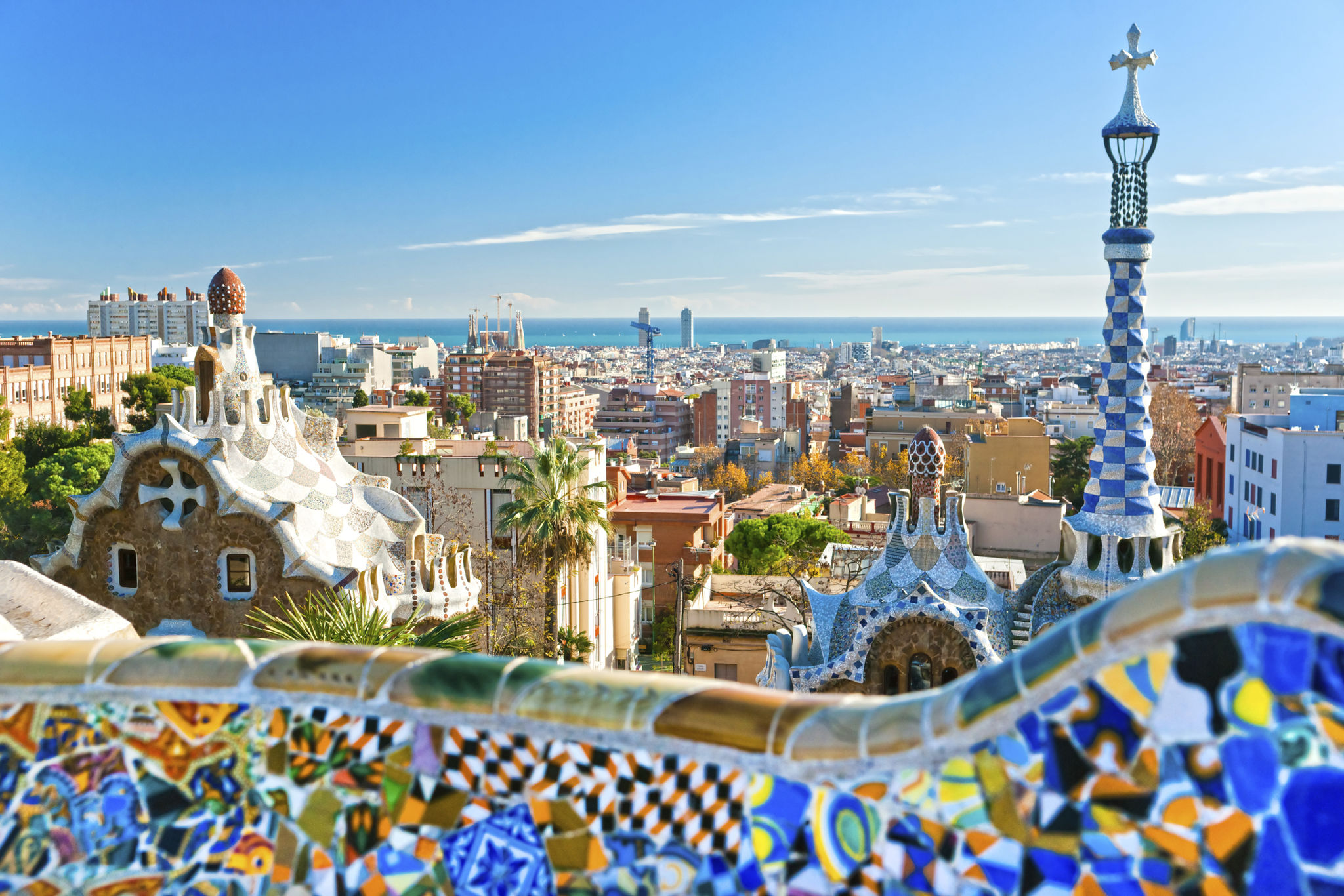Handcrafted Mosaics in Spain: A Celebration of Tradition and Creativity
The Art of Handcrafted Mosaics
Spain is renowned for its rich cultural tapestry, and among its many art forms, handcrafted mosaics stand out as a vibrant celebration of tradition and creativity. These intricate works of art have adorned Spanish architecture for centuries, offering a glimpse into the country's artistic heritage. From the dazzling tiles of Andalusia to the colorful mosaics of Catalonia, each piece tells a unique story.
The history of mosaics in Spain dates back to the Roman era, where they were initially used to decorate floors in grand villas. Over time, the art form evolved, influenced by various cultures that left their mark on the Iberian Peninsula. Today, these mosaics are not only a testament to Spain's past but also serve as a canvas for modern artists to express their creativity.

Techniques and Materials
Creating a mosaic is a meticulous process that requires patience and precision. Artisans use various materials such as glass, ceramic, stone, and even precious metals to craft each piece. The choice of material often depends on the desired effect and the location where the mosaic will be displayed.
One popular technique is the trencadís, which involves breaking tiles into small pieces and rearranging them to form vibrant patterns. This method, popularized by the famous architect Antoni Gaudí, can be seen throughout Barcelona, most notably in Park Güell and the Sagrada Familia. The result is a breathtaking tapestry of color and texture that captivates the eye.
Modern Interpretations
While traditional motifs remain popular, contemporary artists are continually pushing the boundaries of mosaic art. By incorporating new materials and experimenting with abstract designs, they breathe new life into this ancient craft. This fusion of old and new not only preserves the tradition but also ensures its relevance in today's art world.

Famous Spanish Mosaic Artists
Spain has produced several renowned mosaic artists who have left an indelible mark on the art scene. Antoni Gaudí, mentioned earlier, is perhaps the most famous, with his imaginative use of mosaics in architectural designs. His works continue to inspire artists worldwide.
Another notable figure is Josep Maria Jujol, a contemporary of Gaudí, whose innovative approaches helped redefine mosaic art in the early 20th century. Jujol's work often features intricate patterns and vibrant colors that reflect his unique artistic vision.
The Cultural Significance
Mosaics are more than just decorative elements; they are a reflection of Spain's cultural identity. These artworks often depict religious scenes, historical events, or nature-inspired themes. They serve as a visual narrative that connects past generations with the present, fostering a sense of continuity and belonging.

In conclusion, handcrafted mosaics in Spain are a testament to the country's rich artistic heritage and innovative spirit. As both a traditional craft and a modern art form, they continue to captivate audiences around the world. Whether adorning historic buildings or contemporary spaces, these mosaics remain a vibrant expression of Spain's cultural legacy.
